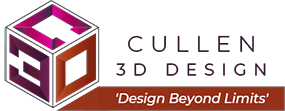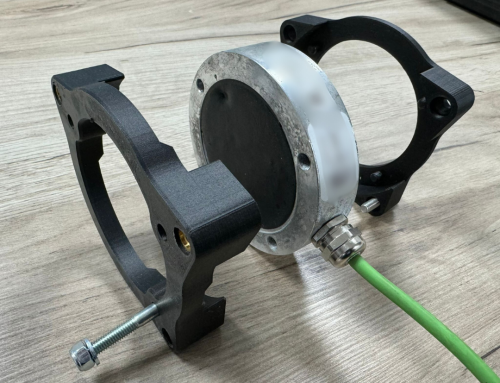Introduction
At Cullen 3D Design, we are proud to be recognized as the go-to experts in Design for Manufacturing (DfM). Our extensive experience and expertise in 3D CAD design, drafting, and Solidworks enable us to deliver exceptional design solutions that are optimized for efficient and cost-effective manufacturing processes.
With a deep understanding of manufacturing principles and technologies, we specialize in translating design concepts into practical and manufacturable products. Our team is skilled in creating 3D models and drawings that capture every detail and specification necessary for a smooth manufacturing process. By leveraging advanced 3D modelling techniques, we streamline the design process, reduce errors, and enable faster production cycles.
One of the key advantages of our expertise in Design for Manufacturing is our ability to utilize 3D modelling to its full potential. By creating detailed and accurate 3D models, we can identify and address any design flaws or manufacturability challenges early in the design phase, saving both time and costs. Our focus on 3D modelling ensures that the designs we produce are well-suited for manufacturing and assembly, taking into account workshop constraints, ease of assembly, and transportation requirements.
With Cullen 3D Design as your partner, you can trust that our knowledge and proficiency in Design for Manufacturing will result in products that are not only visually impressive but also optimized for efficient and cost-effective production.
Points
- Workshop Constraints, including Machinery Type and Size: Understanding the workshop constraints is essential for designing products that can be effectively manufactured within the available resources. Consider factors such as the types and sizes of machinery and equipment available in the workshop. Design products that can be produced using the existing tools and machinery to minimize the need for additional investments or modifications.
- Easy-to-Follow Drawings: Creating clear and detailed drawings is crucial for effective communication between design and manufacturing teams. Designers should produce drawings that provide comprehensive information about dimensions, tolerances, assembly instructions, and material specifications. Easy-to-follow drawings minimize errors, reduce rework, and ensure accurate manufacturing of components and assemblies.
- Ease of Assembly: Streamlining the assembly process is vital for efficient manufacturing. Design products that can be easily assembled, taking into account factors such as part compatibility, alignment features, and fastening methods. Simplify the assembly steps and minimize the number of required components to optimize the manufacturing workflow and reduce assembly time and costs.
- Transportation of the Finished Product: Consider the transportation requirements of the finished product. Design components and assemblies that can be efficiently packed, stored, and transported to minimize shipping costs and potential damage. Utilize appropriate packaging materials and design strategies to ensure the safety and integrity of the product during transportation.



